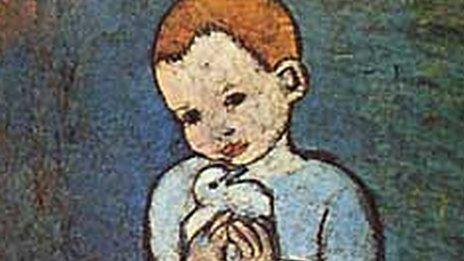National treasures: What objects has the UK fought to keep in the country?
- Published
A sapphire and diamond coronet given to Queen Victoria by her beloved husband Albert has been placed under a temporary export bar, preventing it from being taken abroad.
What other cultural objects have been dubbed "national treasures" in an effort to keep them in the UK?

Jane Austen's ring
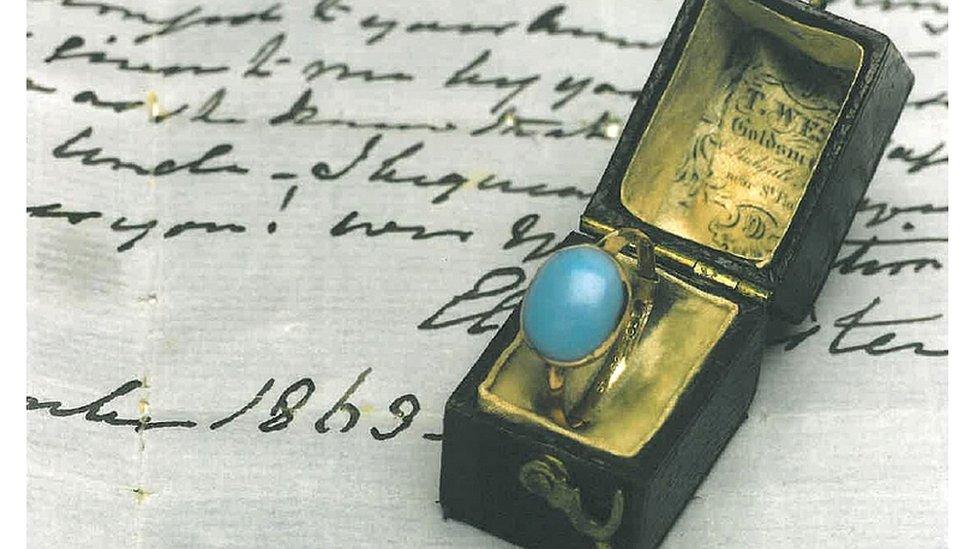
Every year, a panel of experts advise ministers on whether objects which are more than 50 years old and have been sold to overseas buyers should be "saved" for the nation.
The Reviewing Committee on the Export of Works of Art and Objects of Cultural Interest, external has the power to place bars on such treasures - giving UK-based individuals or institutions time to raise money to keep them.
In 2013, US singer Kelly Clarkson was thwarted in her bid to buy a ring which once belonged to 19th Century novelist Jane Austen.
Clarkson bought the turquoise and gold ring for £152,450 at auction, outbidding the Jane Austen's House Museum - which is located at the author's former residence in Hampshire.
Following a temporary export ban, the museum's "Bring the Ring Home" campaign saw donations from across the world and enough money was raised to buy it.
The ring was accompanied by papers documenting its history within the author's family.

The 'extraordinary' Turner
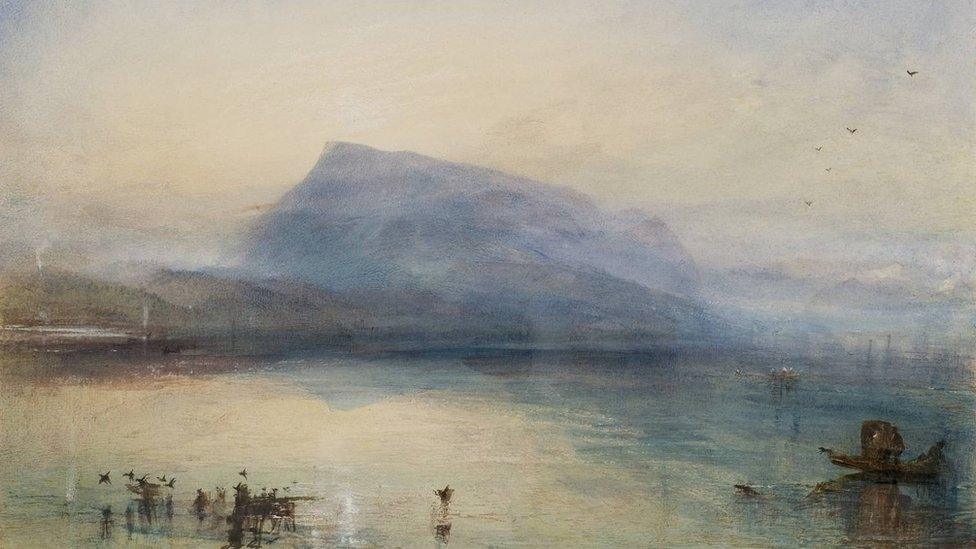
A successful fundraising appeal was launched by the Tate in 2006 after JMW Turner's 1842 painting of the Rigi mountain, seen from Lake Lucerne in Switzerland, was sold at auction for £5.8m - a then record price for a British watercolour.
The Blue Rigi, Sunrise was described by then Tate director Sir Nicholas Serota as a "truly extraordinary work of ineffable beauty".
More than 11,000 donations totalling £550,000 were received from the public in the UK and other nations, including from artists David Hockney and Peter Blake.
The Tate pledged £2m and was also given £500,000 by The Art Fund charity, while the National Heritage Memorial Fund made up the rest of the cost.
The work was kept in the UK and went on display at an exhibition at Tate Britain in 2007.

The Medieval panel on loan
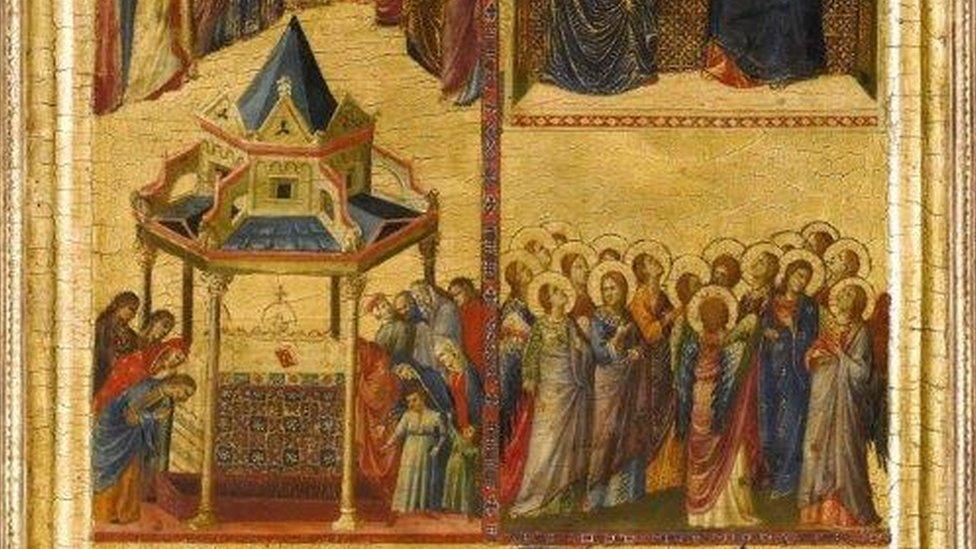
A donation from US gallery owner and philanthropist Ronald S Lauder helped to retain a rare medieval panel by Italian artist Giovanni de Rimini.
Scenes From the Lives of the Virgin and Other Saints, painted around 1300-1305, was in the Duke of Northumberland's Alnwick Castle collection.
A temporary export bar was put in place after it was sold at auction at Sotheby's in 2014.
Mr Lauder provided the funds to enable the National Gallery to buy the work for £4.91m. The deal means that the panel will be loaned to Mr Lauder during his lifetime but it will return regularly to the National Gallery during this period.

Most expensive car
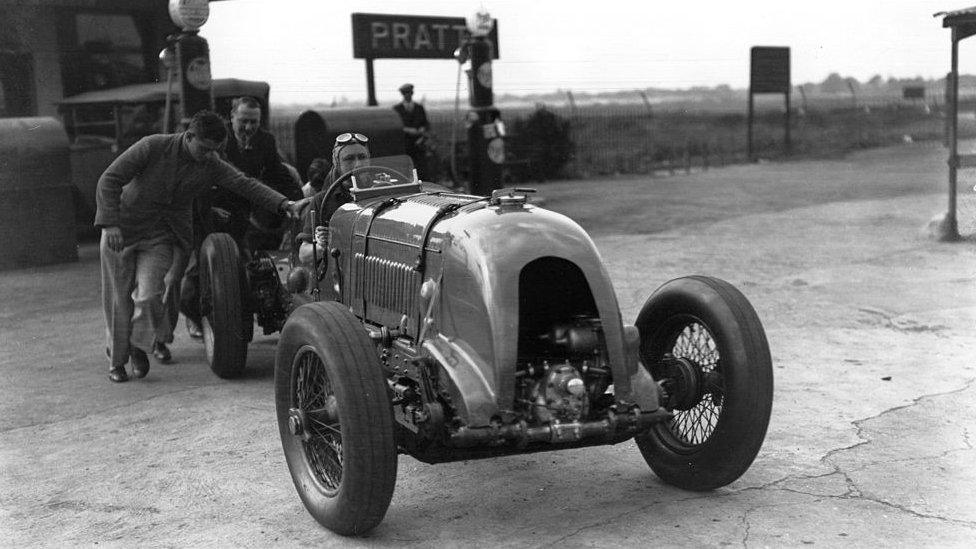
The "Birkin" Bentley Blower became the most expensive British car sold at a public auction when it was snapped up by an anonymous bidder at the Goodwood Festival of Speed for £5.1m in 2012.
It was one of seven classic cars and two motorcycles owned by Isle of Man watchmaker Dr George Daniels, who died in October 2011.
The single-seater racing car - a supercharged version of Bentley's 1927 four-and-a-half litre car - gained its nickname because it was designed by the aristocrat Sir Henry Birkin.
The car was driven by Sir Henry at the Brooklands track in Surrey - the world's first purpose-built motor circuit.
British Motor Industry Heritage Trust objected to it going abroad, saying it was one of the most important racing cars to have survived from the pre-war era.
But by the end of the temporary bar period, no offer to purchase the racing car had been made and an export licence was finally issued.

The £50m Picasso
Pablo Picasso's Child With A Dove was one of the earliest works by the artist to enter a British collection when it was bought in 1924.
But no institution was able to raise the funds to buy the painting back from a private collector based in Qatar, who paid a reported £50m for it in 2012.
It was sold by auctioneers Christies on behalf of the Aberconway family in Wales, who were bequeathed the painting in 1947 and loaned it to public galleries.
Child With A Dove was seen as marking a transition from Picasso's celebrated Blue Period, when he moved away from a broadly Impressionistic style.
The reviewing committee had argued the painting from 1901 had achieved "iconic status" which, with its long history in British collections, made it of outstanding importance to the UK's national heritage.

- Published28 August 2016

- Published27 April 2016

- Published9 August 2013
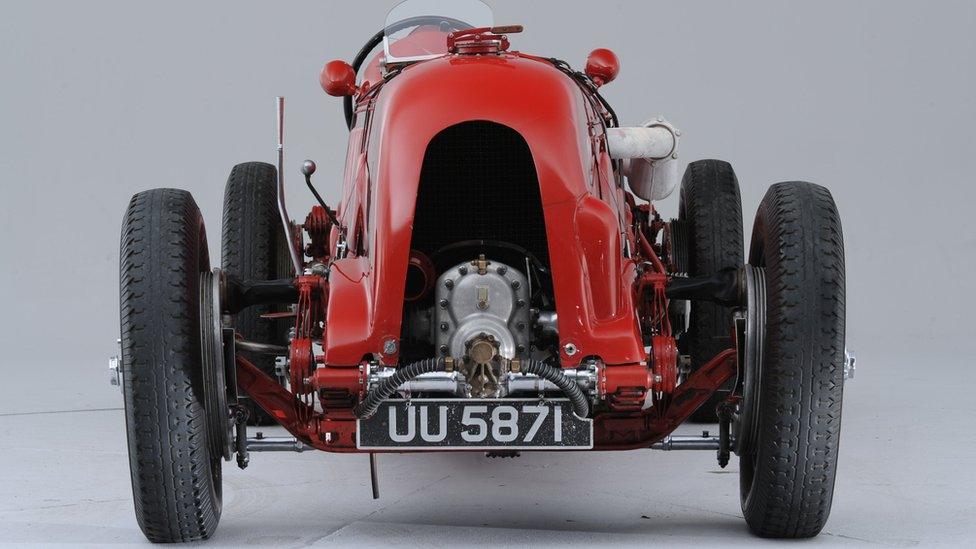
- Published23 September 2013
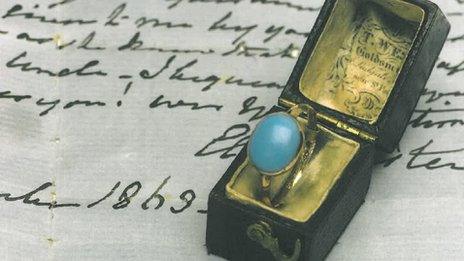
- Published12 April 2013
